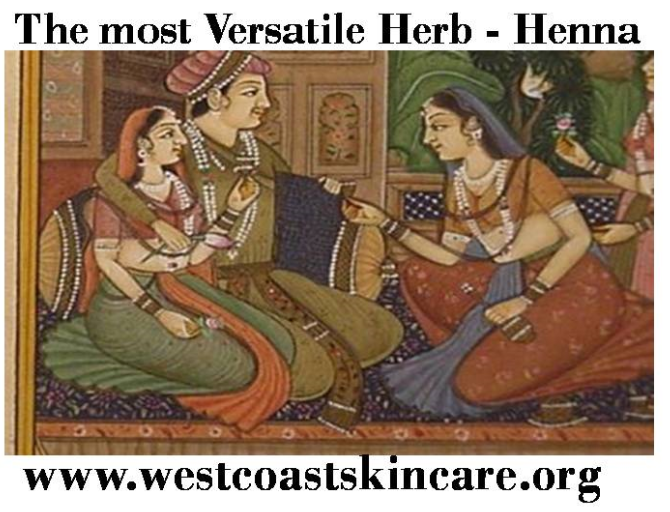Low humidity, harsh winds, and extremely cold temperatures wick natural moisture away, leaving your skin cracked from tip to toe. Winter for sure is cruel mistress too skin!
Exfoliation is most important during this season mainly because exfoliating removes the dead skin, and gives a chance to moisture healthy skin beneath. We all know that exfoliation will give a new look to skin anytime.
We do have lot of options in the market for scrubs starting from $8 to $50 or above. However, home made scrubs are way too cost effective than any others. There is no room for artificial ingredients. Handmade is Handmade, don't you agree?
Here is a simple homemade scrub recipe:
Step 1 : The Base
A good scrub will always have an oil base so that when you scrub and wash, it doesn't leave your skin dry. This oil base will also help the gliding particles to just roll over your skin in smooth fashion.
We suggest coconut/olive oil. However, you can always prefer what you love the most
Step 2 - The Main Ingredient
Now you need some sort of abrasive particle to help scrub away dead skin. We have lot of options for this and we recommend to go with Sugar, preferably brown sugar. You can choose raw or refined white sugar as well.
For acne prone skin type, baking soda with olive oil works best.
Step 3 - The Combination
You don't need to worry on the quantity you need to put in. just take as much sugar you want and mix it with one of the oils to make it a semi thick mixture. If you prefer it to be thick paste, go ahead. this is handmade by you. play around and so what you love :)
Step 4 - Add ons
Yes, this is homemade. So you can always add on something like honey, citrus or anytoher essential oil that you like to this paste.
Step 5 - Apply
Its time to give a new look to your skin. Wash your skin thoroughly from head to toe and rinse. Apply a palm-size amount of exfoliant to a loofah or your hand. Rub an area of skin using circular motion for a good 20 seconds. Continue to do this for your entire body and then rinse.
Note: You will feel a little amount of moisture left after wash. This is the base working as moisturizer.
Happy Scrubbing!















